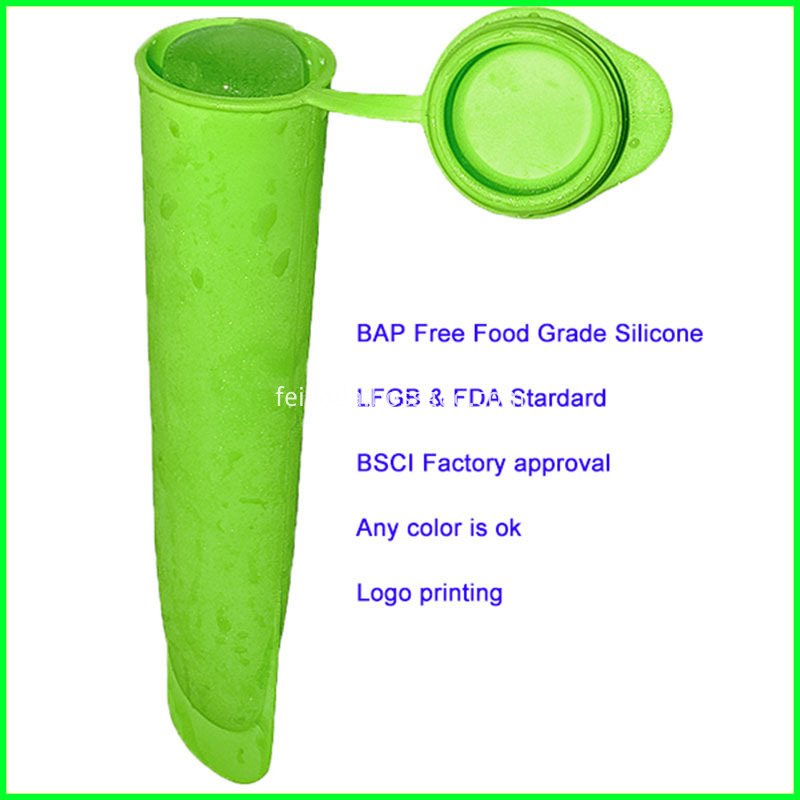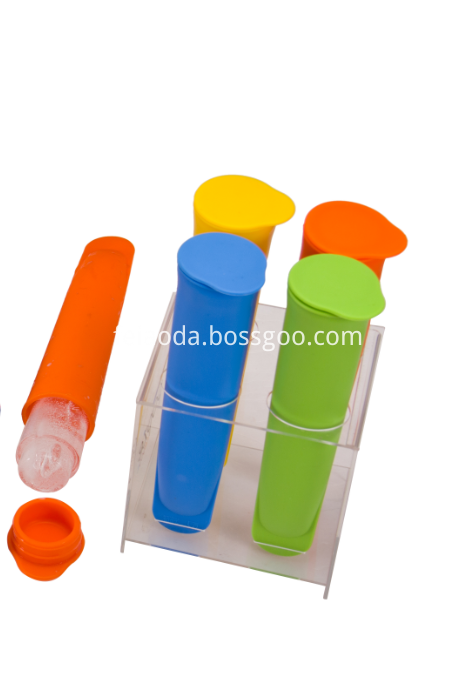1. Counter measurement method:
Count with a hemocytometer. Take a certain volume of sample cell suspension and place it in the counting chamber of the hemocytometer, and observe the count with a microscope. Since the volume of the counting chamber is constant (0.1 mm3), the number of bacteria in the sample can be calculated according to the number of bacteria in the scale of the counter. This method is simple and easy to implement, and results can be obtained immediately.
This method is not only suitable for counting bacteria, but also for counting yeast and mold spores.
2. Electronic counter counting method:
The working principle of the electronic counter is to measure the resistance change of the liquid in the small hole. The small hole can only pass through a cell. When a cell passes through the small hole, the resistance increases significantly, forming a pulse, which is automatically recorded on the electronic recording device.
The result of this method is more accurate, but it only recognizes the particle size, and cannot distinguish whether it is bacteria. Therefore, it is required that the bacterial suspension does not contain any debris.
3. The live cell counting method commonly used is the plate colony counting method, which is designed according to the principle that each live bacteria can grow a colony. Take a certain volume of bacterial suspension, make a series of multiple dilutions, and then plate the quantitative dilutions for plate culture. Based on the number of cultured colonies, the number of viable bacteria in the culture can be calculated. This method has high sensitivity and is a method for detecting the number of contaminated live bacteria. It is also the method currently adopted by many countries in the world. When using this method, it should be noted that: â‘ Generally, plates with a colony number of 30 to 300 are selected for counting, and too many or too few are inaccurate; â‘¡ In order to prevent the spread of colonies and affect the counting, O. 001% 2,3,5 triphenyltetrazolium monochloride (TTC); â‘¢This method is limited to microorganisms that form colonies.
It is widely used in bacteria inspection of various materials such as water, milk, food, medicine, etc. It is the most commonly used live bacteria counting method.
4. Turbidimetry Turbidimetry is an indirect measurement of the number of bacteria based on the light transmission of the bacterial suspension. The concentration of the bacterial suspension is inversely proportional to the light transmittance and proportional to the optical density within a certain range. Therefore, the photoelectric colorimeter can be used to determine the bacterial solution, and the optical density (OD value) is used to indicate the concentration of the sample bacterial solution.
This method is simple and fast, but it can only detect suspensions containing a large number of bacteria to obtain the relative number of bacteria. For samples that are too dark in color, this method cannot be used for determination.
5. Determination of cell weight method This method is divided into wet weight method and dry weight method. Wet weight method weighs the wet cells after centrifugation of the unit volume culture; dry weight method weighs the wet cell body after centrifugation, rinses with clean water and puts it in a desiccator for heating and drying, makes it lose moisture and weighs .
This method is suitable for samples with high bacterial concentration, and is a common method for measuring the growth of filamentous fungi.
6. Measure the total amount of nitrogen or total carbon in the cell. Nitrogen and carbon are the main components of the cell, and the content is relatively stable. Measuring the content of nitrogen and carbon can infer the quality of the cell. This method is suitable for samples with high cell concentration.
7. Colour change unit (CCU)
This method is usually used for microorganisms that are very small and cannot be counted by general turbidimetry, such as Mycoplasma. Because the liquid culture of Mycoplasma is completely transparent and appears bright and transparent red, it cannot be counted by turbidimetry. Because the solid culture of mycoplasma is very difficult, it is not easy to count by the cfu method, so a special counting method, namely the CCU method, is required. It uses the metabolic activity of microorganisms in the culture medium as an indicator to count the relative content of microorganisms. The following uses Ureaplasma urealyticum as an example to briefly introduce its operation:
(1). Take 12 sterile test tubes, each tube containing 1.8ml of Ureaplasma urealyticum medium.
(2). Add 0.2ml of ureaplasma urealyticum to be tested in the first tube, mix well, draw 0.2ml from it and add it to the second tube, and so on, and then make a 10-fold gradient dilution until the last tube (3 ). Cultivation at 37 degrees, the last tube with the color change of the culture medium is the CCU of the bacterial solution to be tested, that is, the maximum metabolic activity of mycoplasma, such as the color change of the sixth tube, his relative concentration is 10 6 times Fang CCU / ml.
Generally speaking, the turbidimetric method and colony counting method can meet the counting of most bacteria, but for the special microorganism such as mycoplasma, the CCU method is more suitable.
There are many methods for measuring the growth of microorganisms, and each method has its advantages and disadvantages, and it is not applicable in any case. Commonly used in microbiology work is the plate count method, counter method and turbidimetric method. As for which method is more suitable for you, it depends on your specific conditions.
Silicone Ice Pop Mold Feature:
8-Inch Molds Hold Ideal 3.4 Fluid Ounces for Perfectly Sized Frozen Treats
Long, Cylindrical Shape Enables Optimum Freezing Time & Even Freezing
Unlike Other Silicone Ice Pop Mold, These Easily Slide Into Smaller Freezer Spaces
Clever Conical Shape Makes it Easy to Drink Last Drops without Dripping
Silicone Material is BPA-Free, Non-Toxic, FDA-Approved and Food-Grade
Silicone Ice Pop Mold Details:
Material: 100% FDA Standard
Sizes : Total Length:20CM Dia:4.9CM
Color:any pantone color
Weight:39g/pc
Heat resistant: -40-230 centigrade
Silicone Ice Pop Mold Packing: 1 Set(6 pieces) in a poly bag, 200 pieces in a carton, carton size:37*36.5*44cm
Silicone Ice Pop Mold Pictures:


Silicone Ice Pop Mold
Silicone Ice Pop Mold,Best Ice Pop Molds,Commercial Ice Pop Molds,Ice Cream Pop Mould
Shenzhen Feiaoda Technology Co.,Ltd , https://www.flysilicone.com